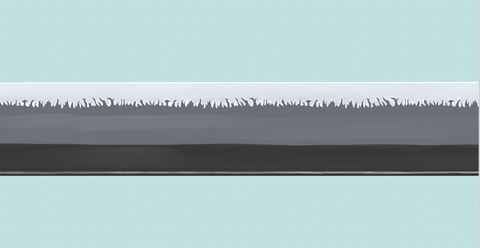Komidareba in Japanese Katana terminology
小乱れ刃 (Komidareba)
What is Komidareba in Japanese Katana terminology?
Komidareba refers to a type of blade pattern (Hamon) in Japanese swords. It is a type of ""直刃"" (Suguha), which is a straight blade pattern (Hamon). In ""小乱れ刃"", small patterns of ""丁子乱れ"" (Choji Midare) and ""互の目乱れ"" (Gunome Midare) appear complexly within a narrow tempered line.
""小乱れ刃"" with a Nie structure is often seen in ancient swords, such as those made by the Sanjo and Rai schools in Yamashiro Province, ""手掻包永"" (Tegaikanenaga) and ""則長"" (Norinaga) in Yamato Province, the old Bizen school in Bizen Province, ""国宗"" (Kunimune), ""伯耆国安綱"" (Hoki no Kuni Yasutsuna), and ""豊後国行平"" (Bungo no Kuni Yukihiro). However, from the late Kamakura period onwards, it became a Nioi structure. It fell out of use in the Shinto period, and was reproduced in the ""復古刀"" (Fukko-to) made by the ""水心子正秀"" (Suishinshi Masahide) school in the Shinshinto period.
In sword terminology, it is sometimes described as ""小乱れ小互の目小丁子の刃が交じる"" (Komidare, small Gunome, and small Choji are mixed in the blade pattern (Hamon)). This is a characteristic seen in the works made by the swordsmiths of the old Bizen school, and it refers to the state where Komidare, small Gunome, and small Choji are mixed in the blade pattern (Hamon).
""太刀 無銘 古備前"" (Tachi, unsigned, old Bizen) is a tachi made by the old Bizen school in the Heian period. This sword is characterized by a straight blade pattern (Hamon) in which Komidare, small Gunome, and small Choji are mixed, making it a unique piece.







